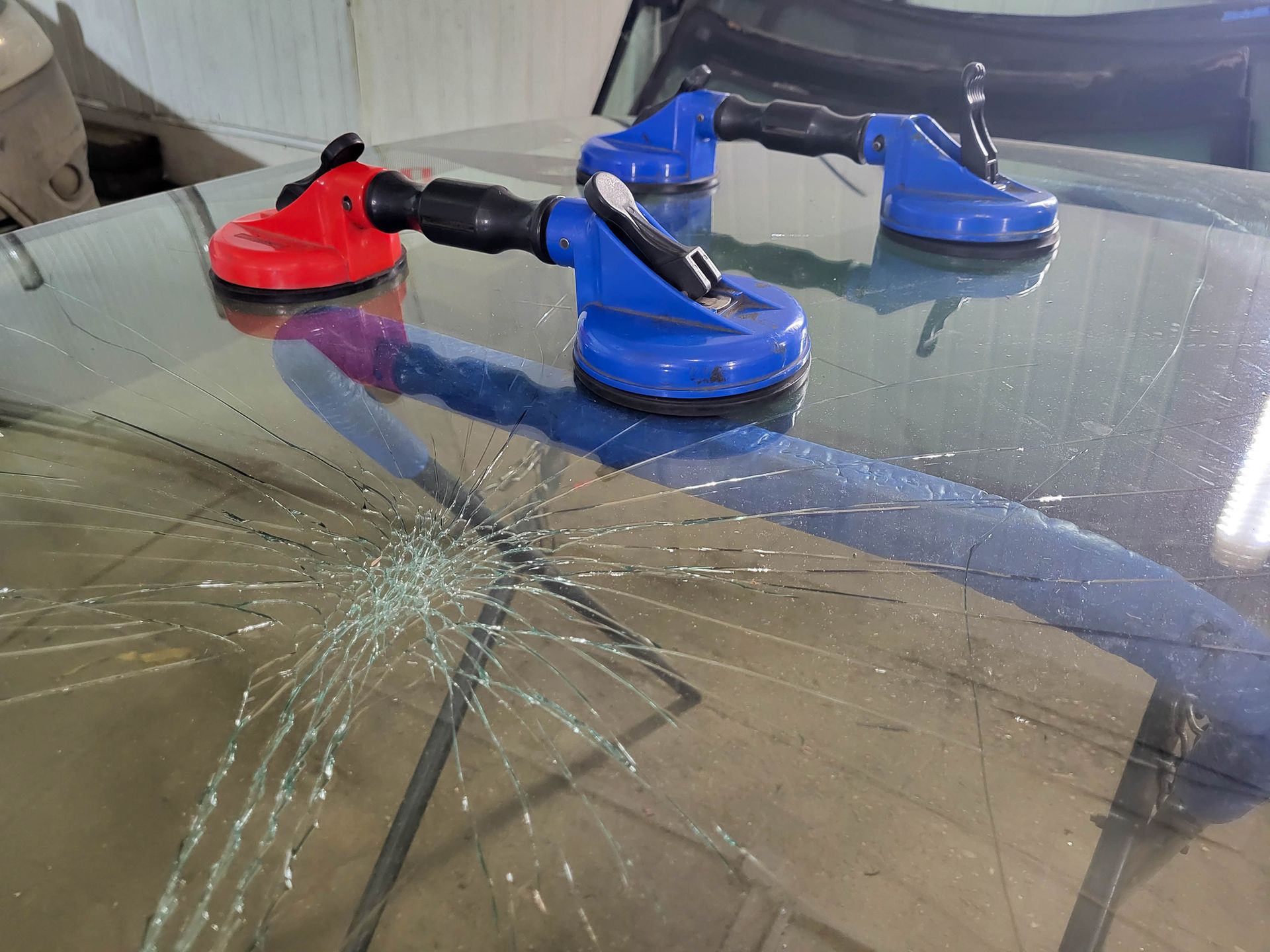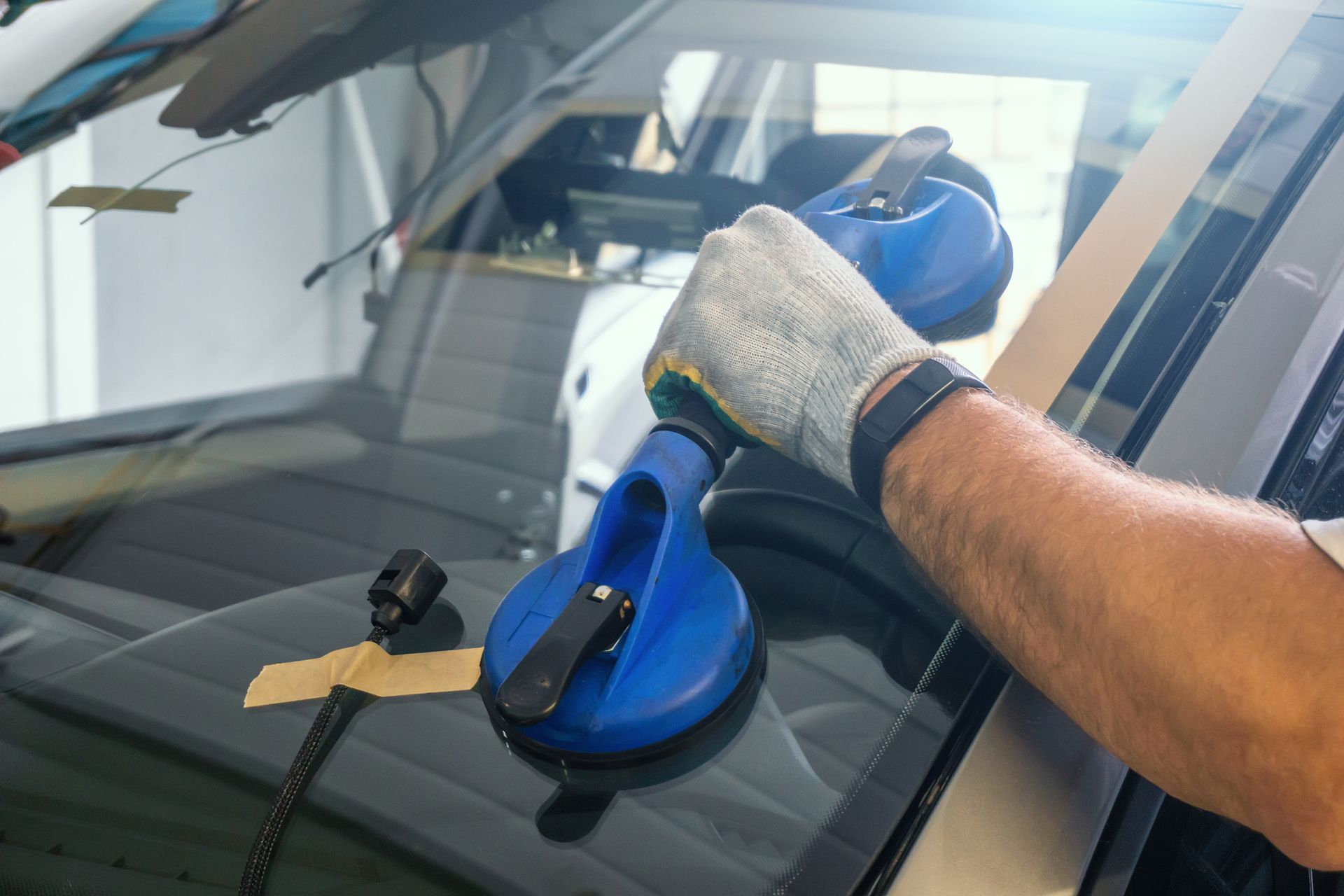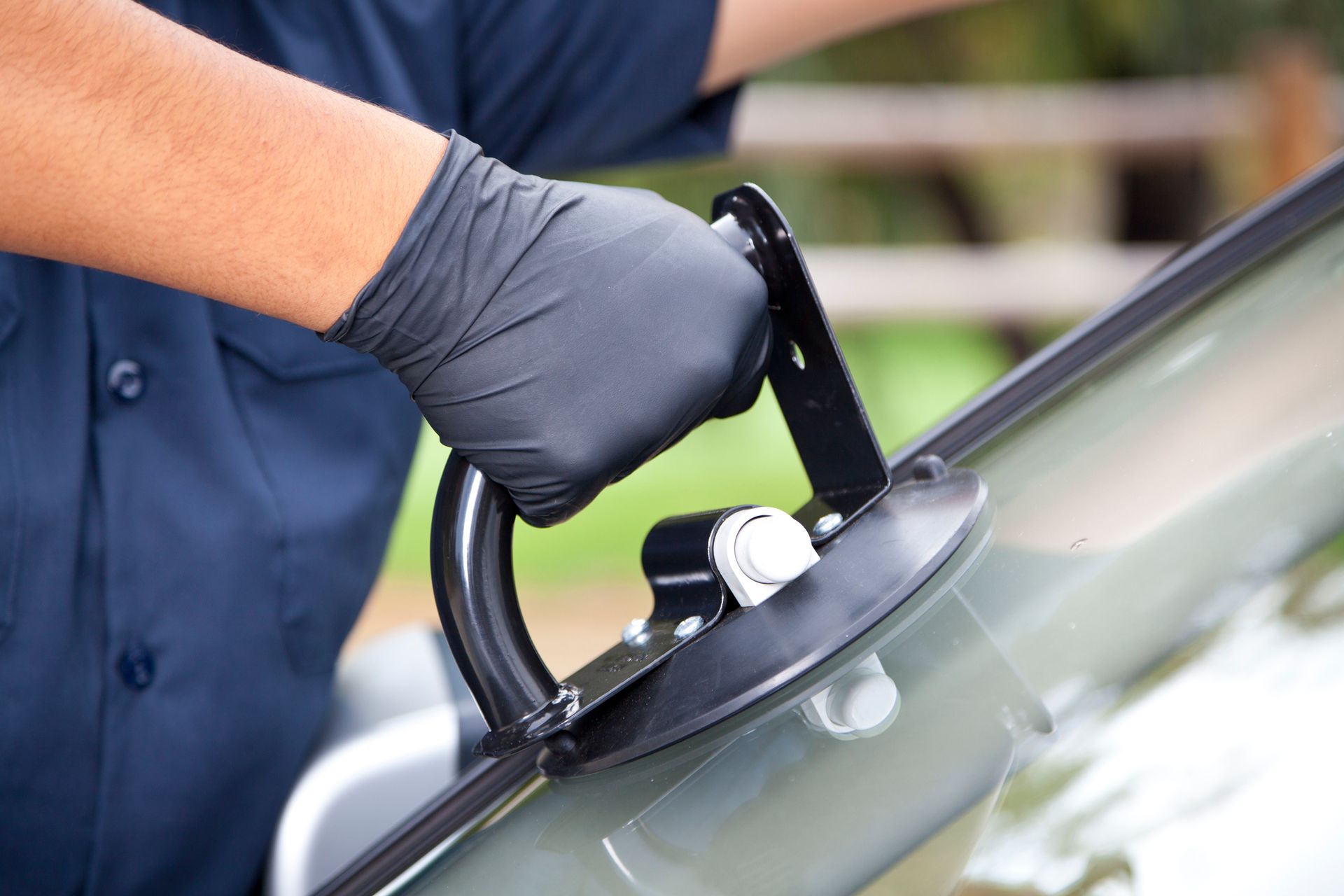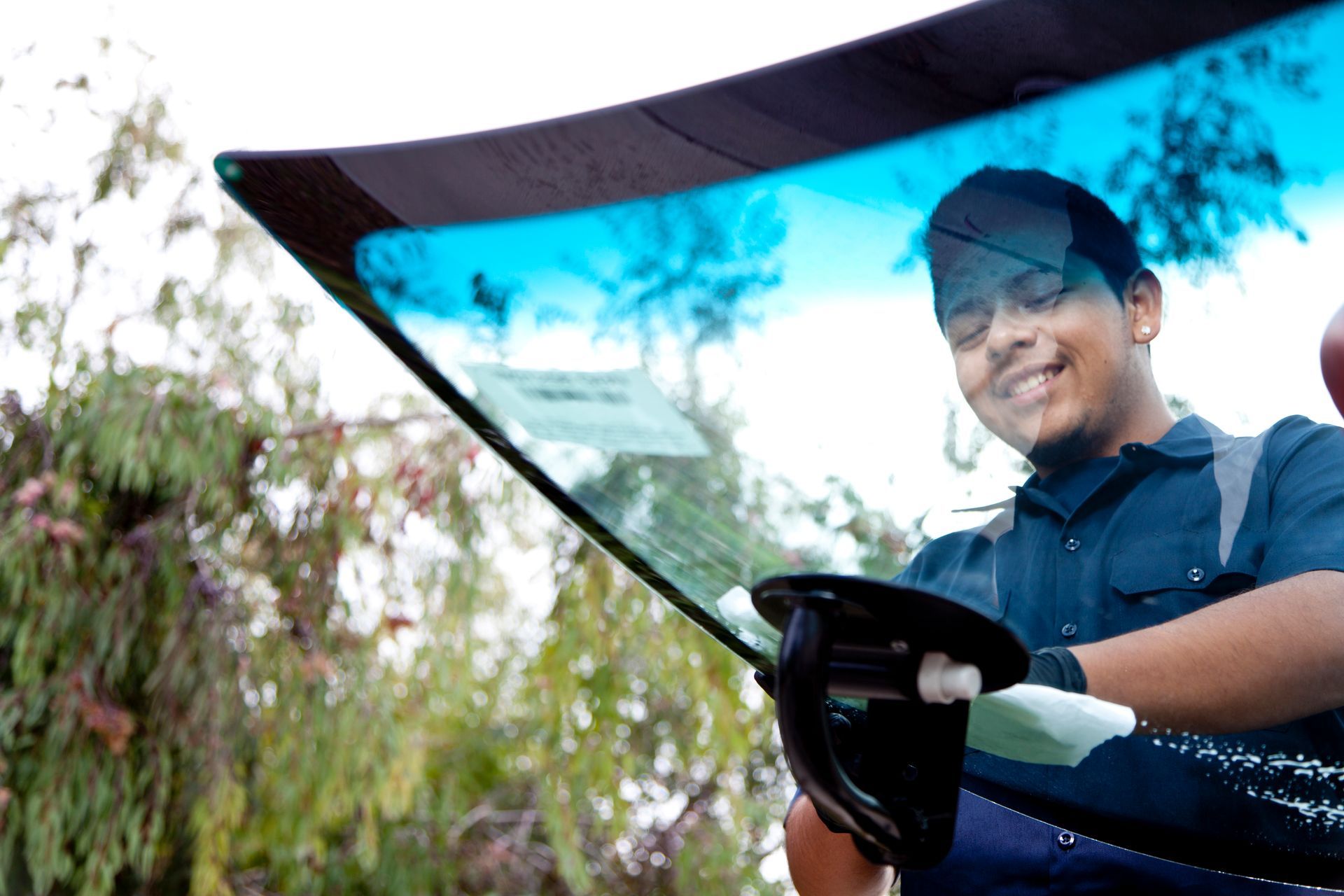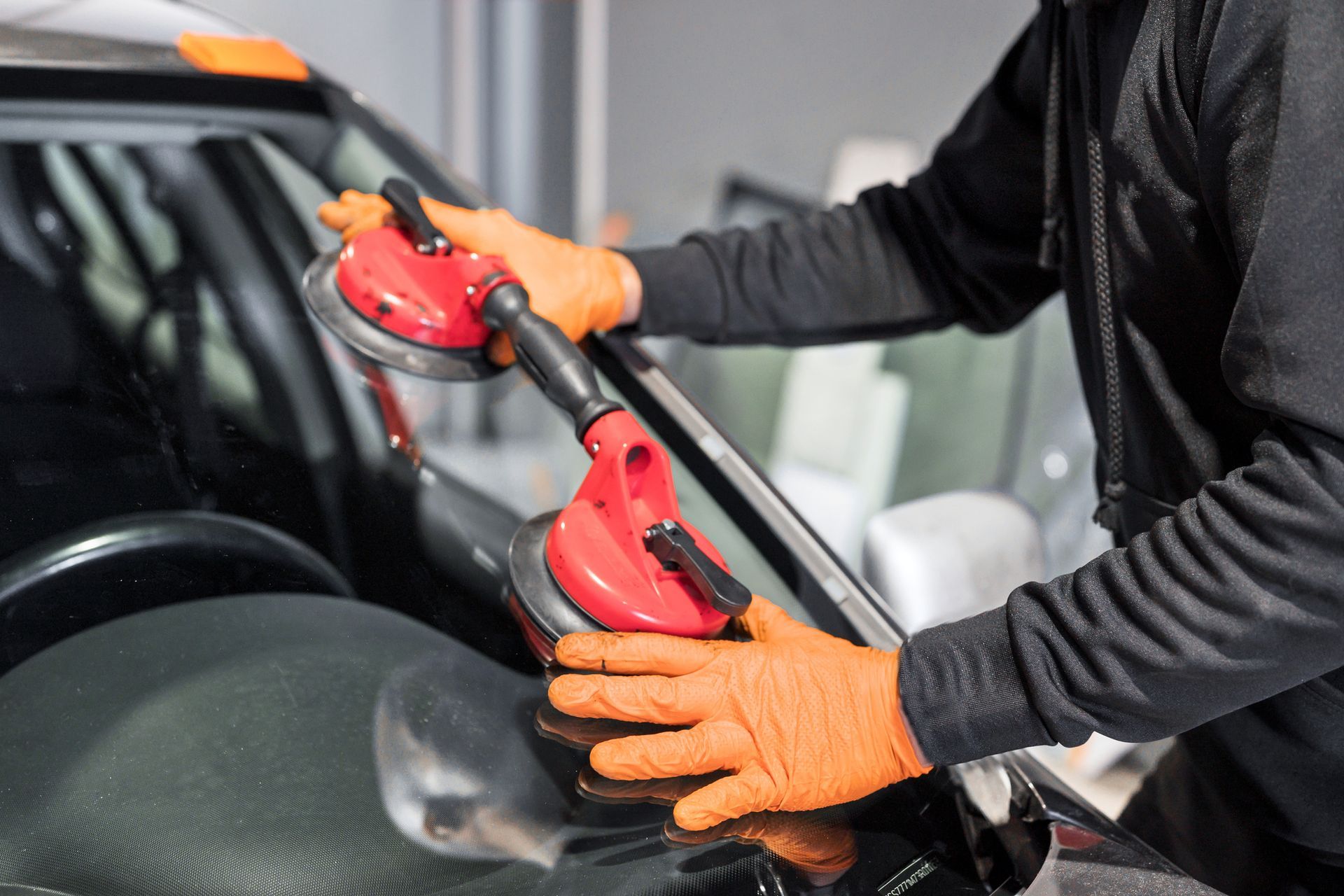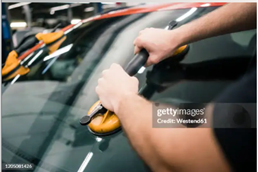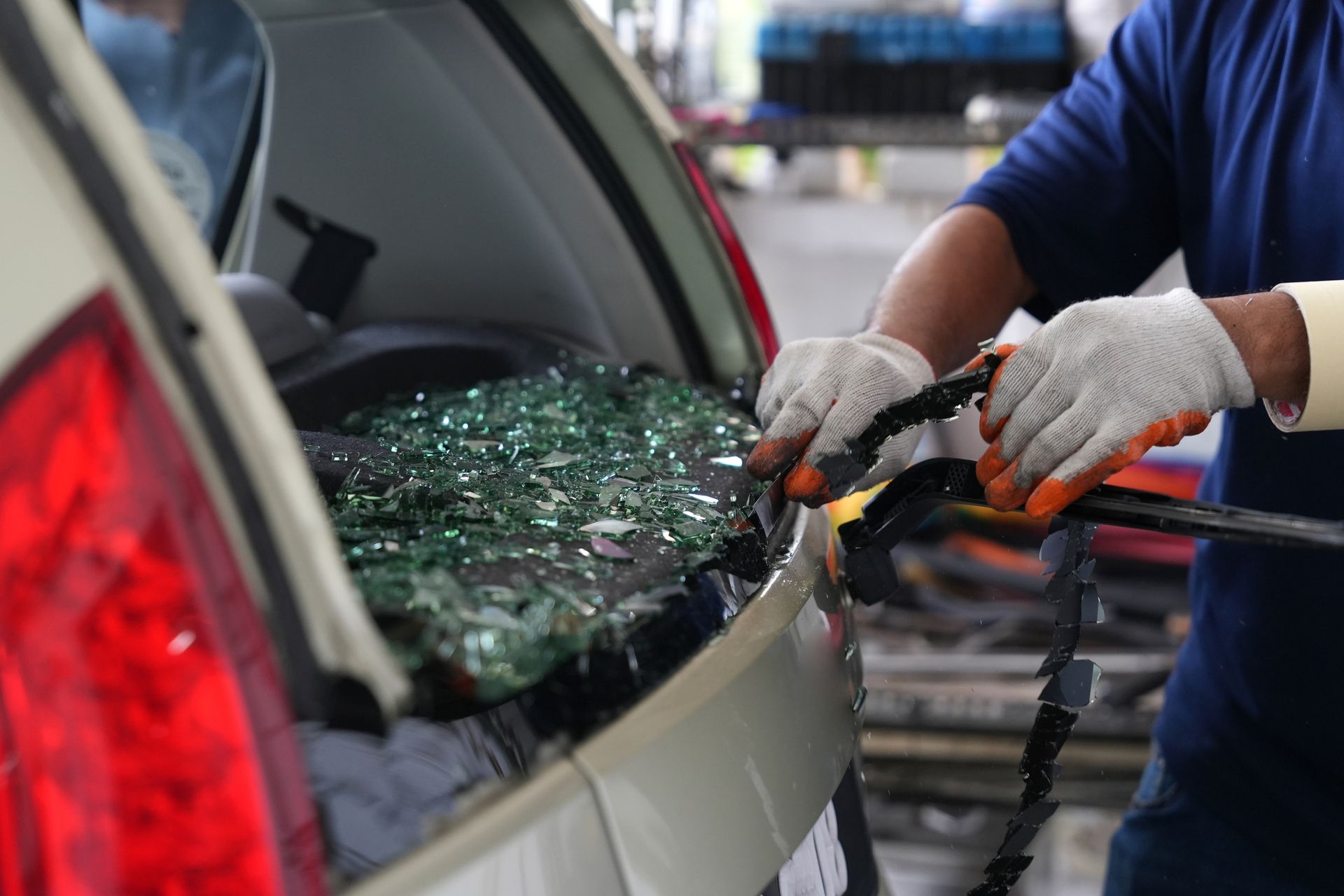COVID-19 and Your Automobile: 4 Tips for Minimizing Virus Spread in Your Car
websitebuilder • November 18, 2020
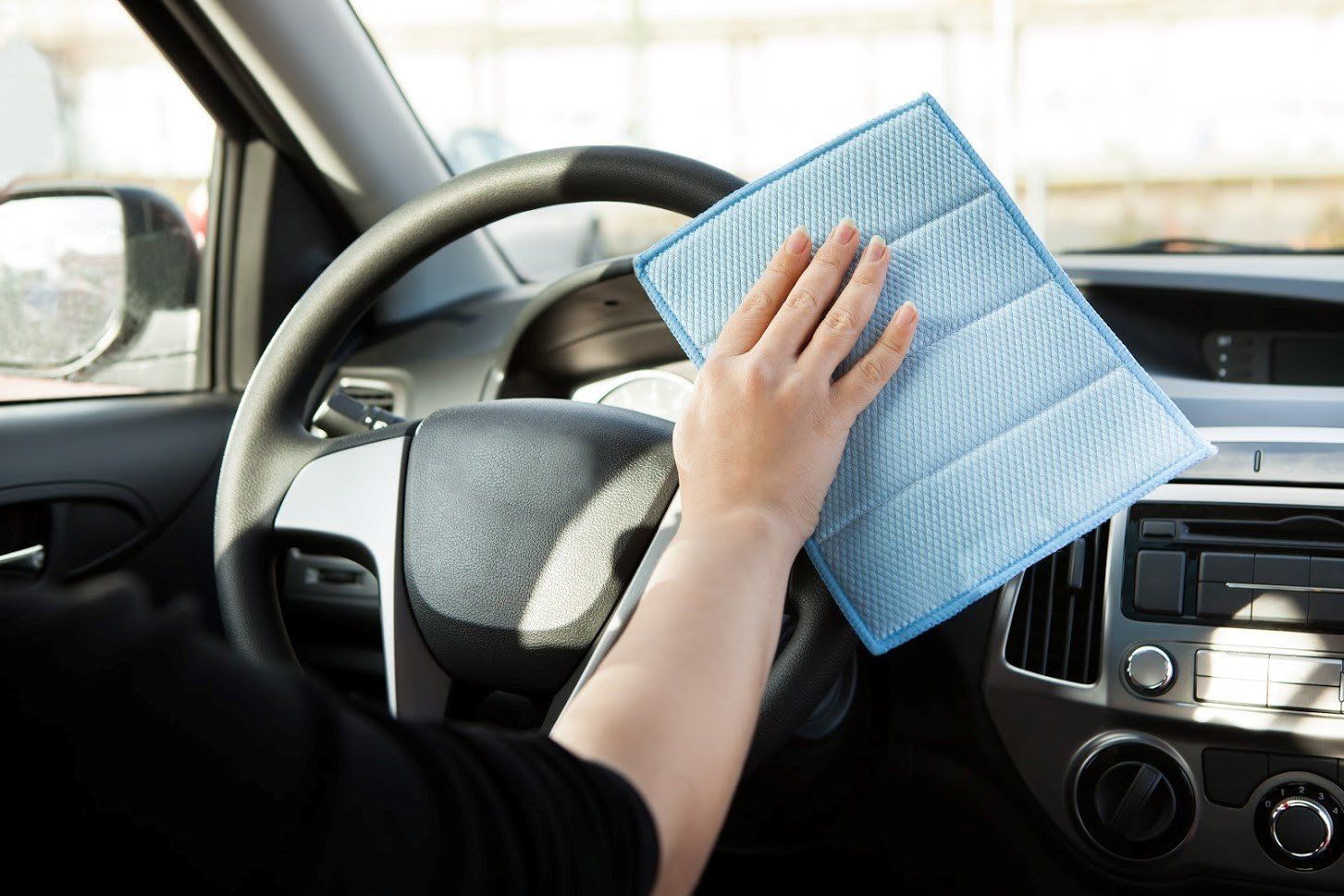
COVID-19 cases have skyrocketed in the state of Oregon and many other areas of the country. The disease has spread rapidly due to several factors, including the arrival of winter and the drop in temperature. When weather is cooler, people tend to congregate indoors. COVID-19 spreads more easily in indoor environments where virus particles in the air tend to build up instead of dissipating into the air around them, as they often do outdoors.
You likely take steps to prevent the spread of the virus already, such as wearing a protective face mask and washing your hands often. However, you may not have done all you can to prevent COVID-19 spread in your vehicle.
After COVID-19 virus particles enter your automobile, they can survive on its interior surfaces for up to several days, potentially infecting both vehicle drivers and passengers. In addition, potential COVID-19 carriers who ride in your car can spread the virus to other passengers.
Learn four tips for minimizing the spread of COVID-19 in your vehicle without damaging its interior surfaces.
1. Sanitize High-Touch Surfaces Often
You do not need to clean the entire interior of your vehicle on a daily basis to prevent the spread of COVID-19. Instead, sanitize just your vehicle's high-touch surfaces often. These high-touch surfaces include your steering wheel, door handles, gear shift, seat belts, turn and wiper signal levers, radio buttons, and climate control buttons. If your vehicle has any touch-screen devices, then their screens high-touch surfaces as well.
These surfaces often have germs. In fact, the average steering wheel can be covered in four times
as many germs as a public toilet seat.
You do not need to purchase any special sanitizing agents specifically for automobile use to clean these surfaces. Instead, simply wipe them with any sanitizing solution with at least 70 percent isopropyl alcohol or scrub them with a mixture of basic soap and water. Ideally, wipe or scrub each surface for at least 20 seconds every time you clean to maximize the chance of killing all COVID-19 particles.
2. Avoid Products That Can Damage Interior Automobile Surfaces
You can clean and sanitize the interior of your vehicle with many disinfectants for household use. However, you should avoid several cleaning products to prevent damaging vehicle upholstery and other sensitive surfaces. First, check all cleaning product labels to ensure they do not contain bleach or hydrogen peroxide before using them to clean your vehicle interior. Both cleaning agents can damage or discolor vehicle interior surfaces.
If your vehicle has leather or faux leather upholstery, then ideally clean these surfaces with a soap and water mixture instead of an alcohol-based sanitizing solution. While occasional contact with alcohol is unlikely to harm this upholstery, frequently sanitizing these surfaces with alcohol-filled solutions can break down their protective urethane coatings.
To keep leather from cracking over time due to frequent cleaning, apply a leather conditioner to leather upholstery after you clean it.
To prevent damage to the protective coating of many touchscreen devices, skip ammonia-based cleaning agents when cleaning these touchscreens. Instead, wipe them with a non-abrasive cloth moistened with an alcohol-based sanitizing solution.
3. Never Saturate Your Vehicle Interior With Water-Based Cleaning Solutions
If your automobile has fabric upholstery, then clean this upholstery on a regular basis to kill lingering COVID-19 particles. However, avoid saturating your vehicle cushions with water or water-based cleaning solutions. When a car seat cushion is saturated with water, it can take so long to dry that it becomes a breeding ground for mold and mildew.
Instead, mix a few drops of laundry detergent with water and wet a cloth with this solution. Then, gently scrub just your vehicle upholstery surface with this solution and allow it to dry.
4. Open Windows When Transporting Anyone Showing Signs of Illness
While COVID-19 can spread through contact with infected surfaces, person-to-person spread is even more common. Unfortunately, few people understand how to avoid contracting the virus when inside of a vehicle with someone who may already have it.
Of course, you and your passengers should always wear protective masks when one passenger is a suspected COVID-19 carrier. However, you can also reduce the chance of person-to-person COVID-19 transmission in your vehicle by cracking just one window three inches. Cracking just one window creates enough airflow to prevent COVID-19 particle buildup that leads to person-to-person virus spread.
Now that the weather has gotten cooler and more people spend time indoors, COVID-19 cases have increased rapidly in Oregon. Follow these tips to reduce the spread of the COVID-19 virus in your car. Help keep your family and passengers healthy all winter long. Contact the automobile glass repair and replacement
experts at MS Glass Outlet for all of your auto glass needs today. We look forward to helping you during this unsettling and unprecedented time.

